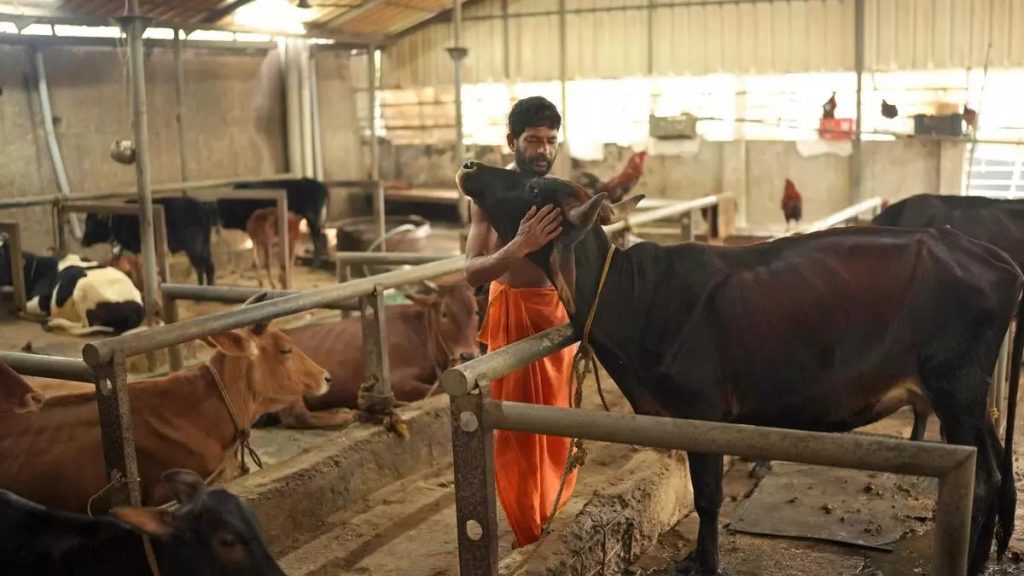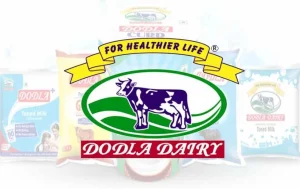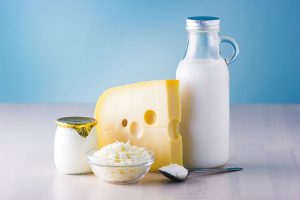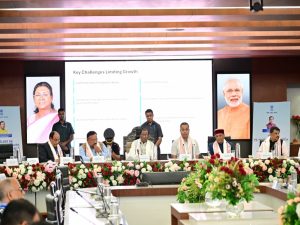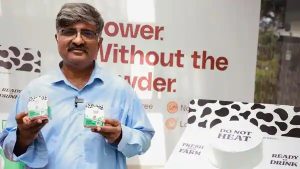
By embracing biodigesters, dairy farms not only contribute to global efforts for clean energy and environmental stewardship but also secure a sustainable and profitable future.
As the world leans toward sustainability, dairy farms are stepping up to meet the challenge by adopting innovative solutions like biodigesters. Biodigester gas, often referred to as biogas, is transforming dairy operations into circular systems, where waste becomes a valuable resource. This sustainable practice not only reduces environmental impact but also improves efficiency and profitability for farmers.
Understanding biodigester gas
Biodigester gas is produced through the anaerobic digestion of organic materials, such as cow manure and leftover feed. This process occurs in sealed biodigesters, where bacteria break down organic waste in the absence of oxygen.
The result is biogas, a renewable energy source composed mainly of methane and carbon dioxide, and digestate, a nutrient-rich by-product used as organic fertiliser.
Reducing environmental Impact
Dairy farms generate significant amounts of organic waste, which, when left untreated, emits methane – a potent greenhouse gas. By capturing methane through biodigesters, farms drastically lower their carbon footprint.
This renewable energy source also reduces reliance on fossil fuels, aligning dairy operations with global efforts to combat climate change.
Moreover, the integration of biodigesters minimises waste runoff, which can contaminate water supplies and harm ecosystems. By converting waste into biogas and digestate, farms create a closed-loop system that benefits both the environment and agricultural productivity.
Energy independence and cost savings
Biodigester gas offers dairy farms an opportunity to achieve energy self-sufficiency. The biogas produced can be used to generate electricity, heat water, and power farm equipment. This reduces dependence on external energy sources, leading to significant cost savings.
For example, electricity generated from biogas can power milking machines, refrigeration units, and lighting systems. Any surplus energy can be fed back into the local grid, providing an additional revenue stream for the farm.
Enhancing soil health with digestate
The by-product of anaerobic digestion, digestate, is a nutrient-rich organic fertiliser that can replace chemical alternatives. Rich in nitrogen, phosphorus, and potassium, digestate enhances soil fertility and structure, promoting healthier crop yields.
Unlike raw manure, digestate is odourless and less likely to harbour pathogens, making it safer and more environmentally friendly to apply to fields. This not only supports sustainable farming practices but also closes the nutrient cycle on dairy farms.
Promoting a circular economy
By adopting biodigesters, dairy farms become part of a circular economy where waste is not discarded but repurposed. Manure and organic leftovers fuel the biodigester, producing energy and fertiliser that feed back into the farm’s operations.
This integrated approach fosters resource efficiency, reduces waste, and builds resilience against fluctuating energy and fertiliser costs. Additionally, it aligns with consumer demands for eco-friendly and ethically produced dairy products, enhancing the farm’s market appeal.
Challenges and opportunities
While biodigesters offer numerous benefits, their implementation requires upfront investment and technical expertise. The cost of installation and maintenance can be a barrier for small-scale farms. However, government incentives, subsidies, and renewable energy grants are making this technology more accessible.
Collaborations between dairy cooperatives, agritech companies, and financial institutions can also support the adoption of biodigesters, spreading costs and sharing expertise. Advances in biodigester technology are further lowering costs and improving efficiency, making this solution viable for farms of all sizes.
Case studies: Success stories in biodigester integration
Across the globe, dairy farms are showcasing the potential of biodigesters. For instance:
● India: Small and medium dairy farms are using biogas for cooking and electricity, reducing energy bills and improving rural livelihoods.
● United States: Large-scale dairy operations are generating electricity from biogas and selling surplus power to the grid, creating an additional income stream.
● Europe: Farms in countries like Germany and the Netherlands are using digestate to fertilise fields, supporting organic farming practices and meeting strict environmental regulations.
Future prospects for biodigester gas in dairy farming
As the global push for sustainability intensifies, biodigesters are expected to play a pivotal role in dairy farming. Innovations like compact biodigesters for small-scale farms and improved gas purification systems are expanding the reach and efficiency of this technology.
Additionally, partnerships between policymakers, industry stakeholders, and research institutions can drive awareness, funding, and technical support for biodigester adoption.
Conclusion
Biodigester gas is a game-changer for dairy farms, enabling them to close the loop in their operations by transforming waste into renewable energy and valuable fertiliser. This sustainable solution reduces environmental impact, lowers costs, and enhances farm efficiency, paving the way for a greener dairy industry.
By embracing biodigesters, dairy farms not only contribute to global efforts for clean energy and environmental stewardship but also secure a sustainable and profitable future. In doing so, they set an example for industries worldwide, proving that sustainability and economic growth can go hand in hand.
The author is director with Sterling Agro Industries Limited ( Nova Dairy Products)
You can now read the most important #news on #eDairyNews #Whatsapp channels!!!
🇮🇳 eDairy News ÍNDIA: https://whatsapp.com/channel/0029VaPidCcGpLHImBQk6x1F
